This afternoon (November 5), in Hanoi, the Hanoi City Traffic Management and Operation Center held an online discussion with the theme "Green Bus - Journey of the Future".
Investment costs are high but exploitation, operation, maintenance costs... are much lower.
According to the Hanoi Traffic Management and Operation Center, there are currently more than 2,000 subsidized buses in operation in the city, but only 277 use clean energy, including 139 using liquefied petroleum gas (CNG) and 138 electric buses.
The number of buses using clean energy accounts for 13.6% of the total number of buses in the entire bus network. In addition, more than 1,200 buses in operation meet Euro IV emission standards or higher. The remaining 1,575 vehicles using diesel fuel need to be replaced.
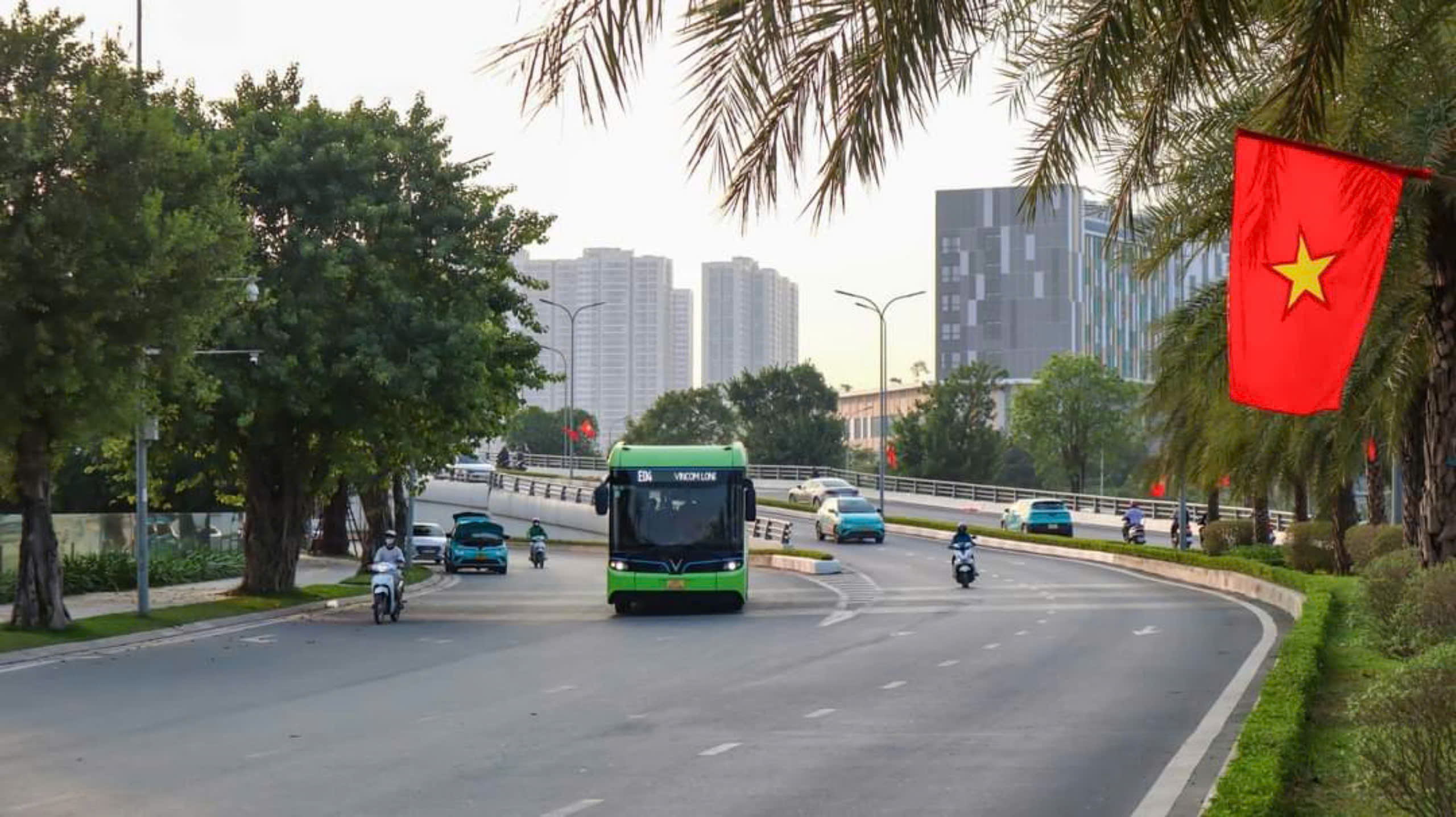
Electric buses are attracting people to use them instead of personal vehicles.
Assessing the operational efficiency of green bus routes in terms of socio-economic and environmental aspects for the capital, Mr. Tran Dinh Tien, Head of Operation Planning Department, Hanoi City Traffic Management and Operation Center said: The introduction of electric bus routes is supported by the people and passengers. During peak hours, the capacity factor exceeds 100%. The service quality of electric buses is more complete than that of conventional buses.
Sharing at the discussion, Mr. Nguyen Cong Nhat - General Director of VinBus Ecological Transport Services LLC said: In fact, the electric bus routes were deployed since 2019. However, due to the Covid-19 pandemic, it was not until 2021 that they were put into operation.
"The city has a subsidy policy for people using traditional buses, but with electric buses, everything starts from zero, so at that time, it was very difficult to attract people to use electric buses," Mr. Nhat said, adding that VinBus had not yet enjoyed a subsidy mechanism for electric vehicles, so the company had to make a project to ask the Government for permission to pilot for 2 years, running and lining up to build the mechanism.
The second biggest obstacle is the experience and knowledge for electric bus operations, the technical requirements are much different from those of conventional buses, so we had to go abroad to study. Up to now, the system has been operating very smoothly in terms of both operating procedures and people.
"In fact, the initial investment cost for electric buses is high, but the cost of exploitation, operation, maintenance... is much lower than that of diesel vehicles. In addition to financial factors, electric buses are also beneficial to the environment and human health. This is something that needs to be considered when we switch to electric buses," said Mr. Nhat.
Need policies to support businesses in switching to electric buses
Regarding the roadmap for continuing to convert electric buses to cover the entire network in the capital, Mr. Tran Dinh Tien said that the Project on developing public passenger transport using electric energy and green energy was reported to the City People's Council at the July 2024 meeting, and was approved in principle by the City People's Council. The Project has now been completed and reported to the City People's Committee for consideration.
According to Mr. Tien, the project's target is to have 70-90% of the fleet using electric and green energy by 2030; and 100% of the fleet using electric and green energy by 2035. These are all high and drastic targets, 15 years earlier than the Government's requirement.
Regarding the conversion roadmap, the Project has been consulted and coordinated with sectors and levels, especially the electricity sector and the industry and trade sector; with the participation of domestic and foreign experts; asking for opinions from sectors and levels; referring to the development models of cities similar to Hanoi to complete.
The project also sets targets for each phase based on the city's current conditions and resources. By 2025, the vehicle conversion rate will be 5%, meaning 22% of the vehicle fleet will use electric energy and green energy; in the 2026-2030 period, 93.4% of the vehicle fleet will be converted to use green energy and electric energy, with an estimated number of 1,813 vehicles. In the 2031-2033 period, 100% of vehicles will be converted to use electric energy and green energy, with an expected number of 2,051 vehicles.
Assessing current support policies for green buses, Mr. Hoang Duong Tung, Chairman of the Vietnam Clean Air Network and former Deputy Director General of the General Department of Environment, said that Hanoi city needs to be more determined in developing clean vehicles.
As an example of investment, he said, in Beijing, in 10 years, the city government spent about 100 billion USD to close coal-fired power plants, subsidize green transportation systems as well as build infrastructure for electric vehicles, bicycles, walkways, etc.
"In our country, many investors are still hesitant because the price of electric buses is expensive. Therefore, the Government and localities need to have more specific policies to encourage the development of this type of bus.
Regarding infrastructure, to build charging stations for the green vehicle system, many procedures are currently required. This is also a barrier that limits the development of this type of vehicle. If we have affirmed the need to develop green buses, we need to remove difficulties and barriers in terms of mechanisms, especially when the revised Capital Law has given the city many superior mechanisms and authorities.
On the other hand, the current traditional bus transport system also needs to be improved in quality. The bus shelter system needs to be improved because many points are being turned into garbage collection points, many points do not even have shelters...", Mr. Tung said.
From the perspective of a bus operator with all electric vehicles, Mr. Nguyen Cong Nhat expressed that currently, Hanoi only has standards for large electric buses, not for medium and small electric buses. Therefore, the company hopes that the city will promote to have enough standards for all types of electric buses.
At the same time, there should be policies to support businesses in switching to electric buses. In addition, there should also be a "pull and push" mechanism, giving priority to franchising and entering the market with capable businesses to accelerate the process of greening the public transport network.
Source: https://www.baogiaothong.vn/hien-ke-de-som-xanh-hoa-xe-buyt-ha-noi-192241105174617754.htm




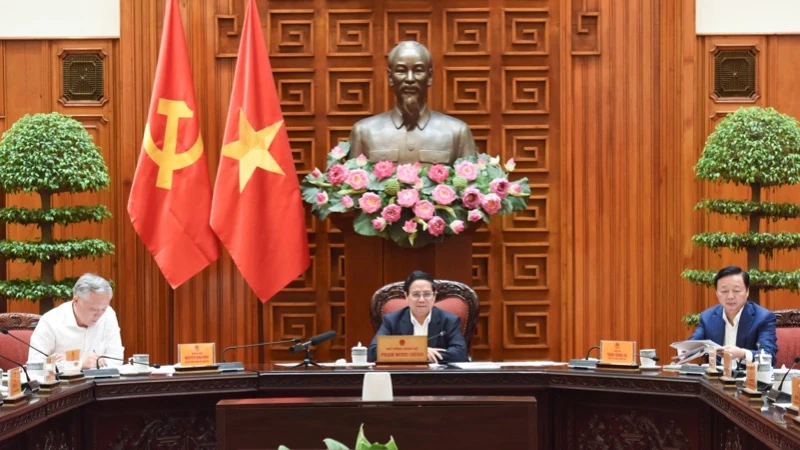
![[Photo] Prime Minister Pham Minh Chinh chairs meeting to discuss tax solutions for Vietnam's import and export goods](https://vstatic.vietnam.vn/vietnam/resource/IMAGE/2025/4/10/19b9ed81ca2940b79fb8a0b9ccef539a)
![[Photo] Unique folk games at Chuong Village Festival](https://vstatic.vietnam.vn/vietnam/resource/IMAGE/2025/4/10/cff805a06fdd443b9474c017f98075a4)
![[Photo] Phuc Tho mulberry season – Sweet fruit from green agriculture](https://vstatic.vietnam.vn/vietnam/resource/IMAGE/2025/4/10/1710a51d63c84a5a92de1b9b4caaf3e5)
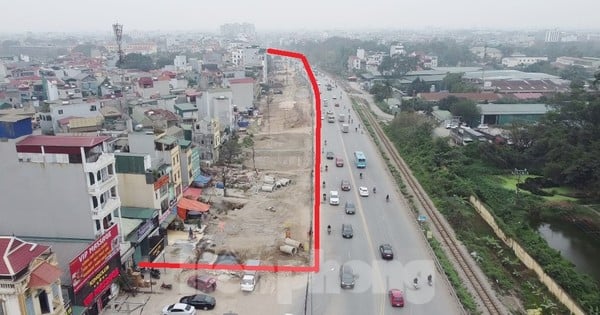



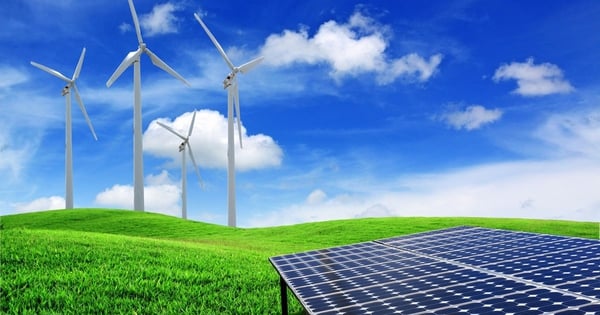

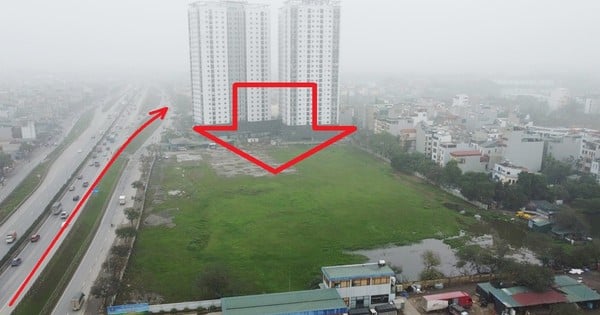
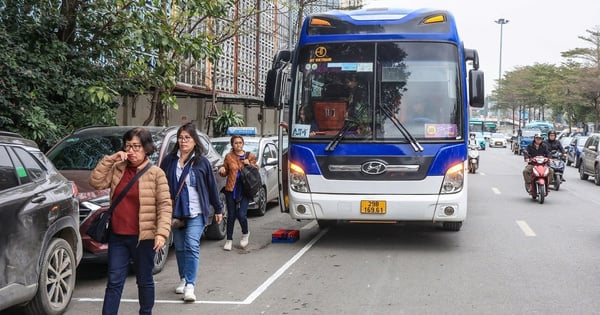
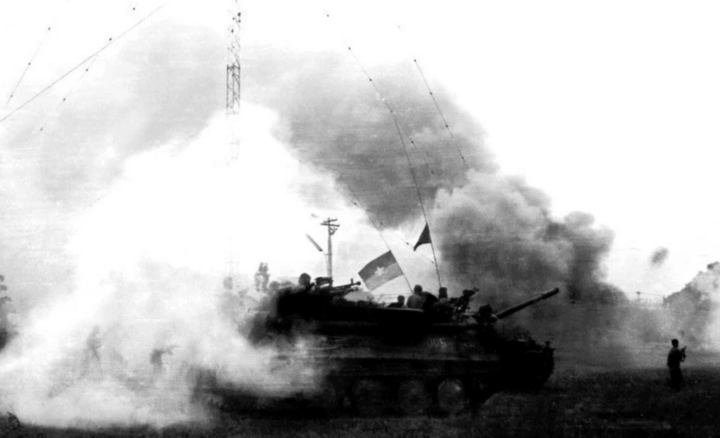
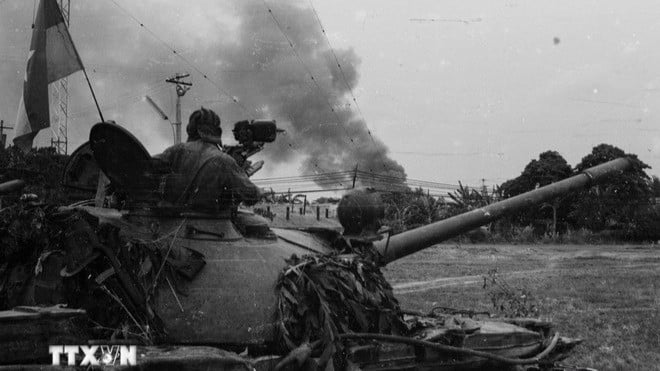
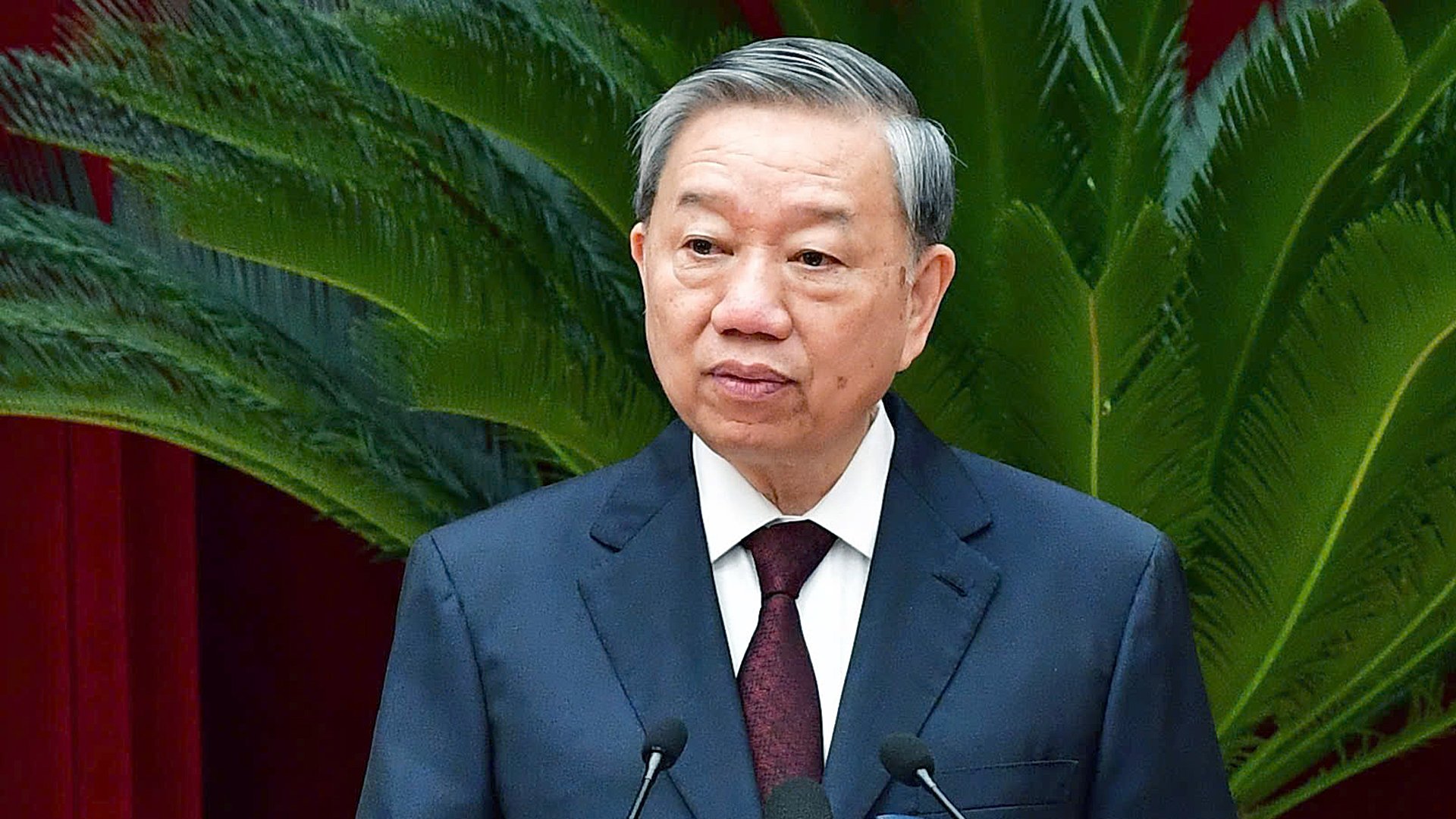

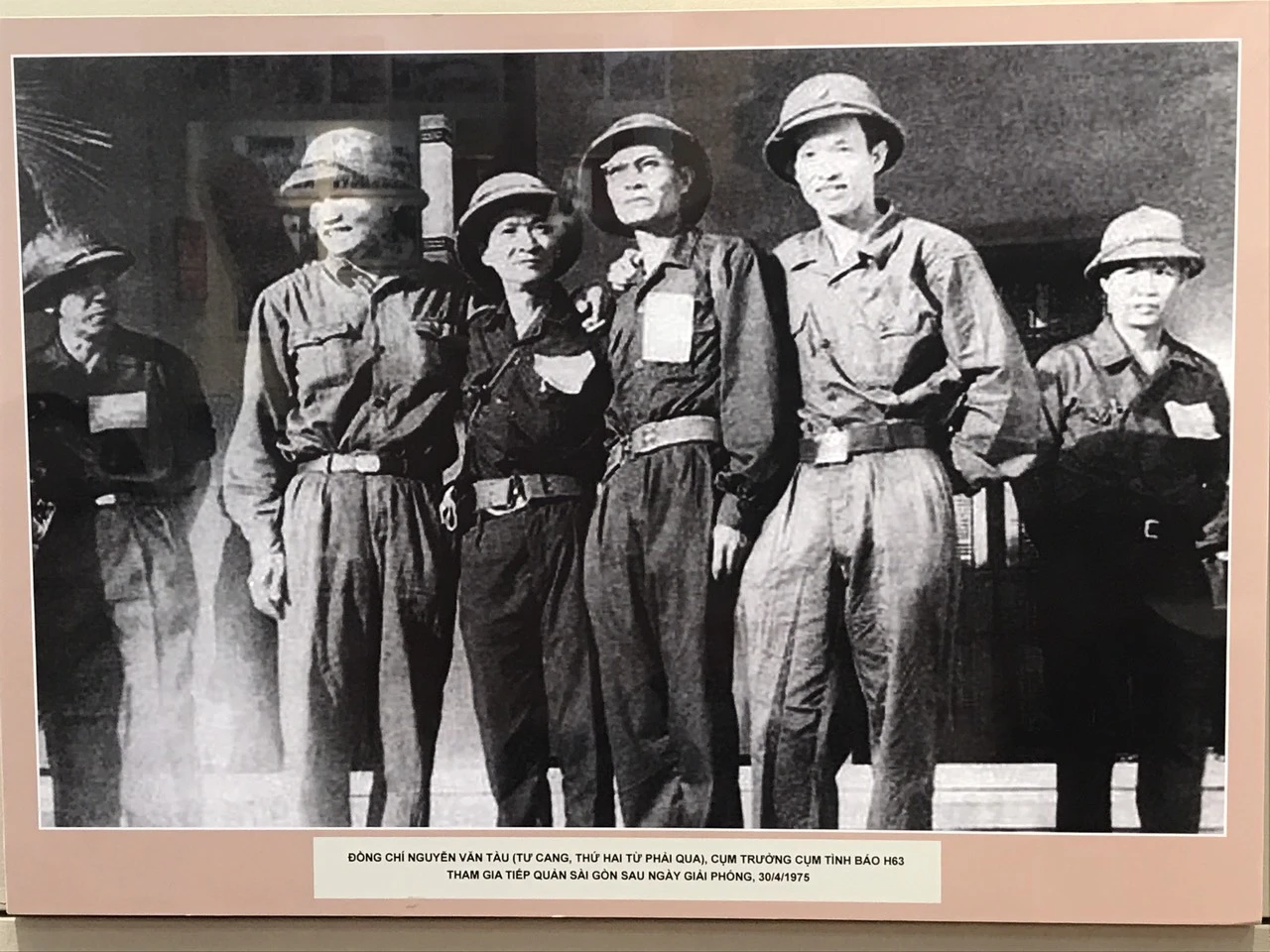














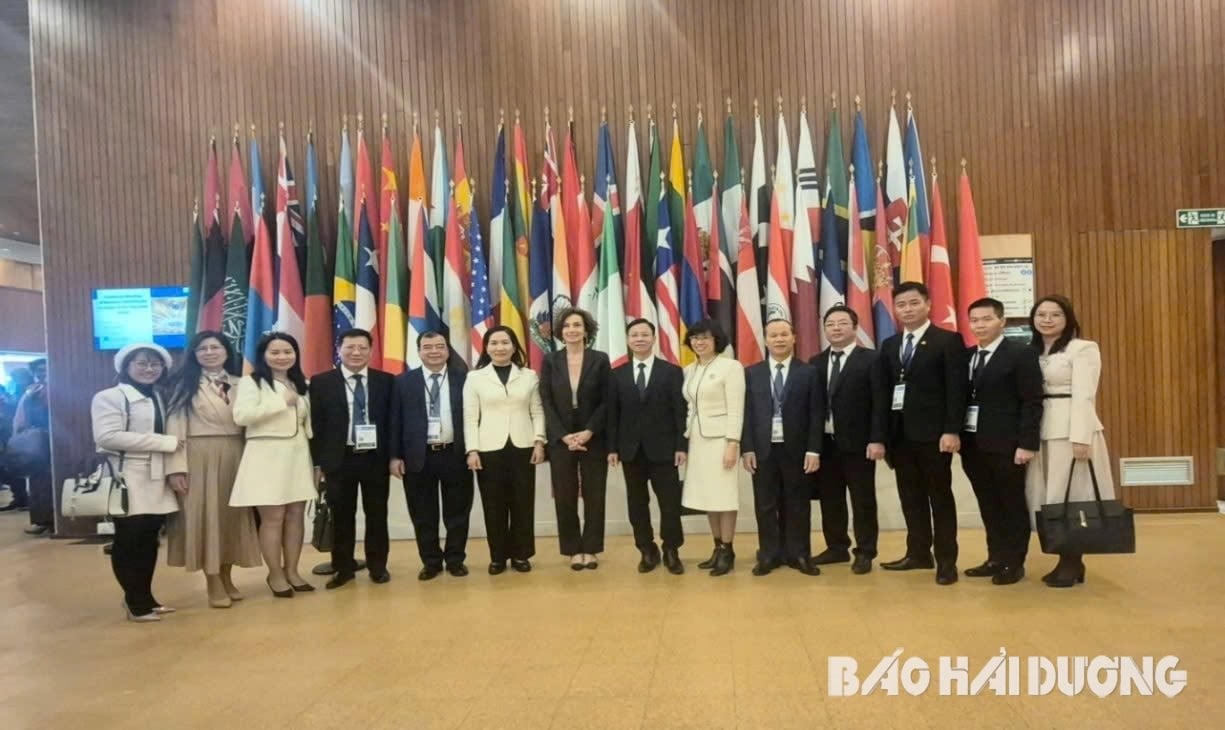















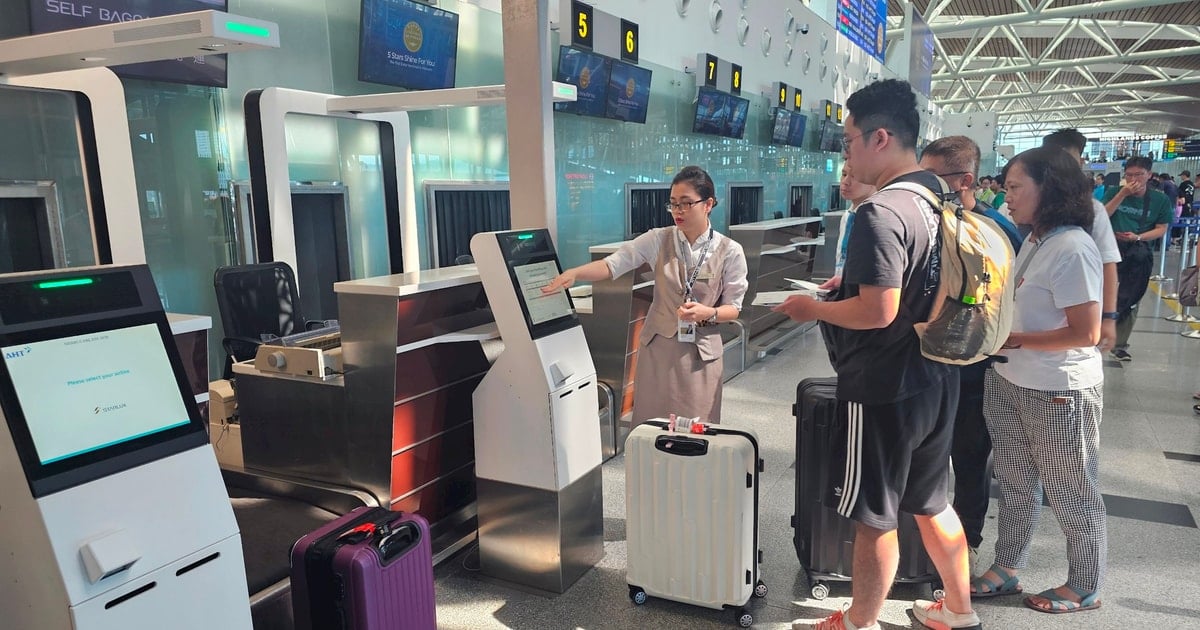



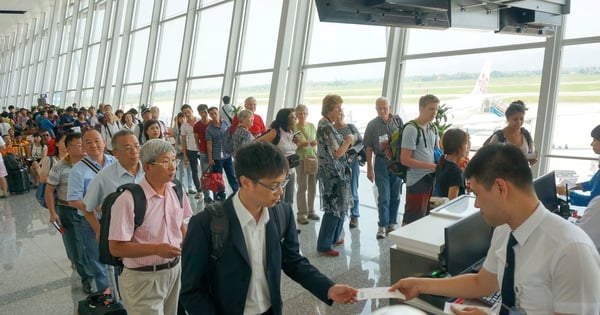


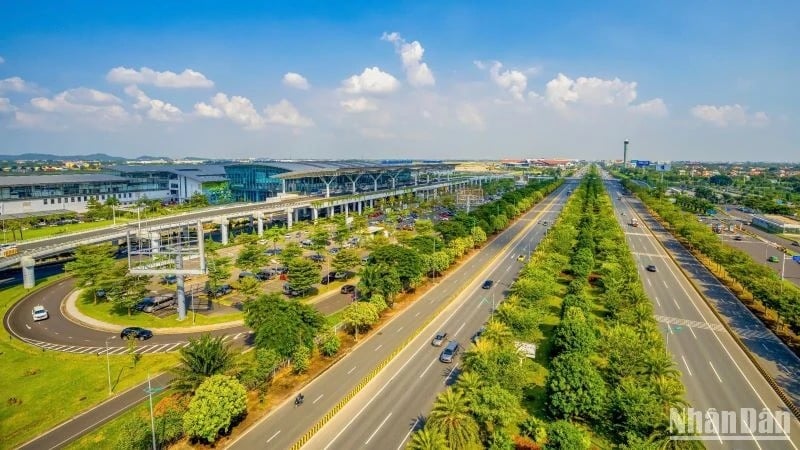



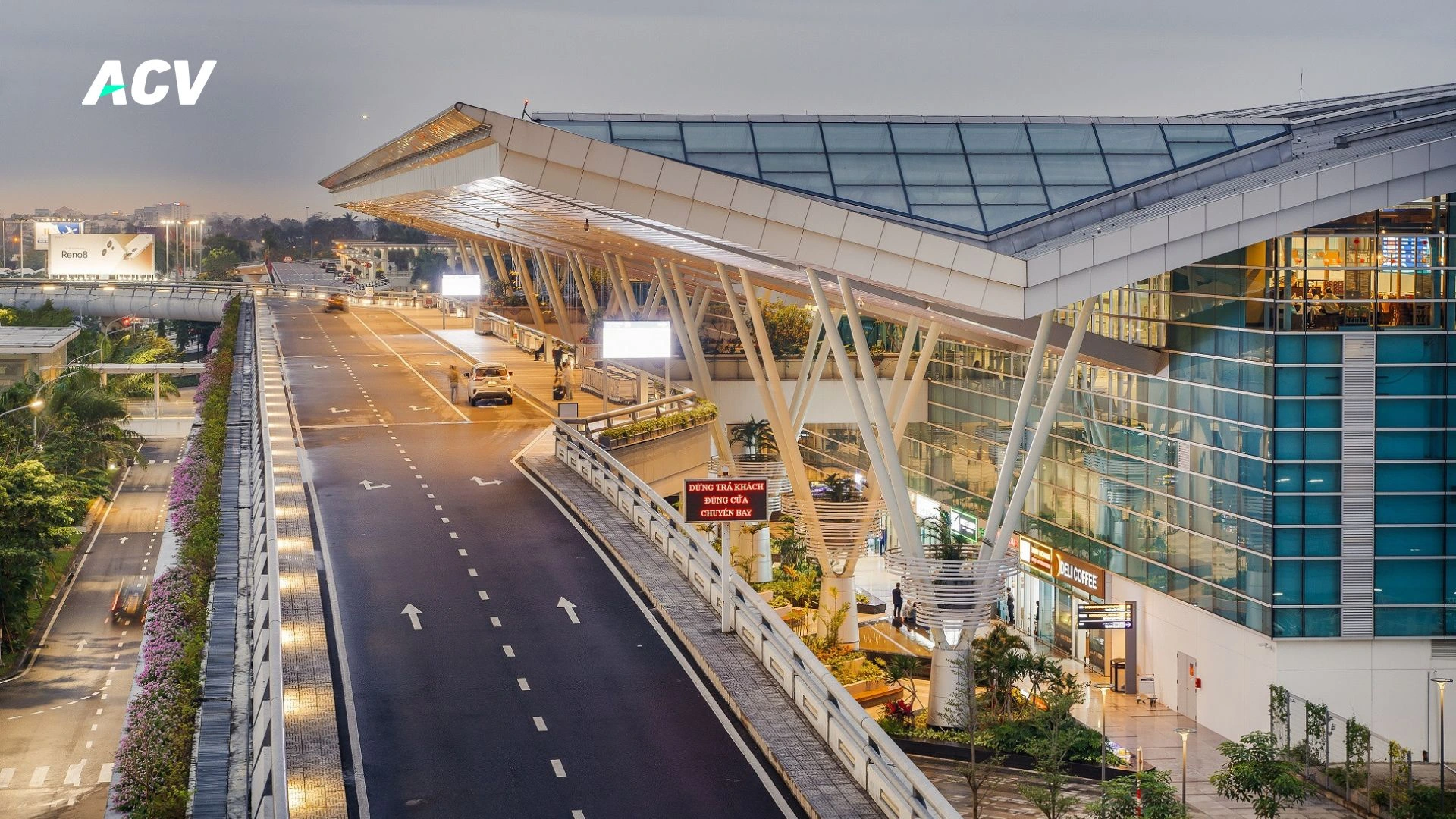

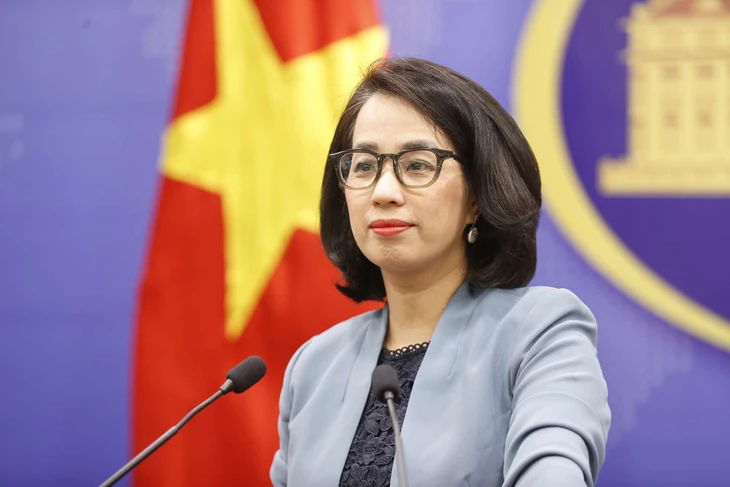




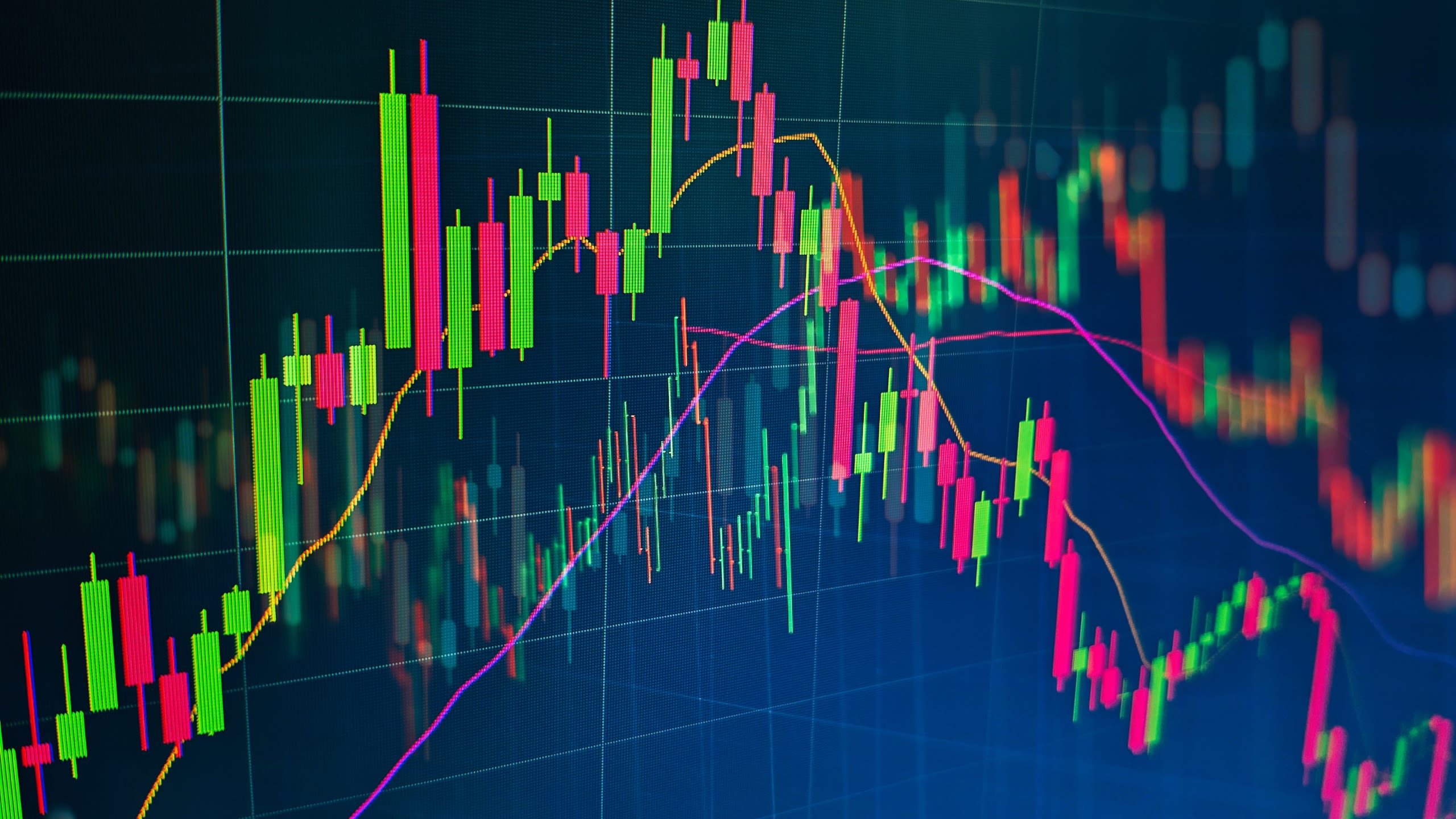
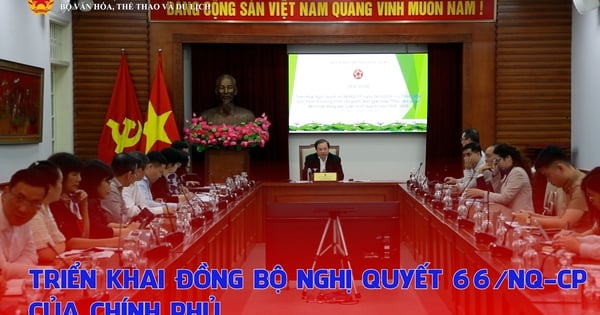


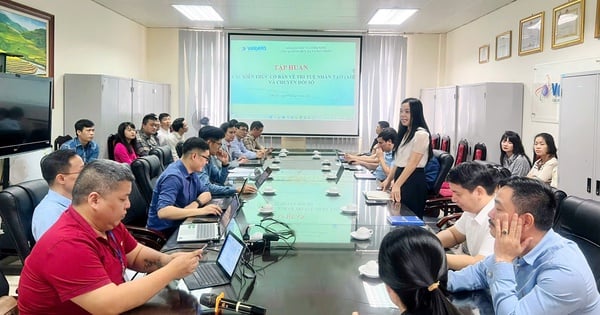

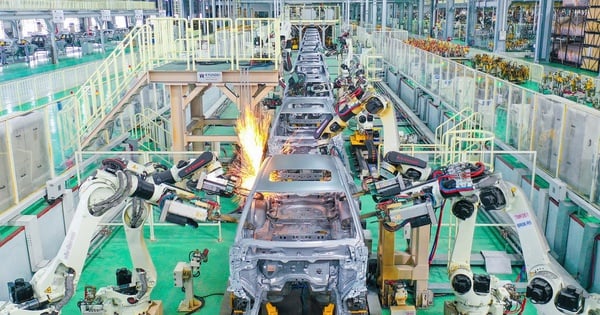
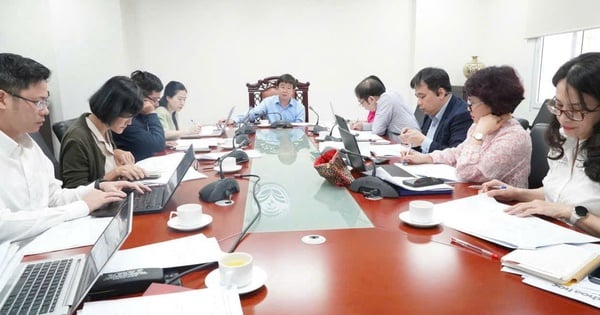
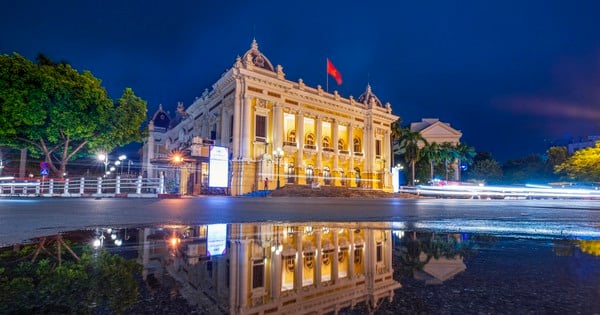

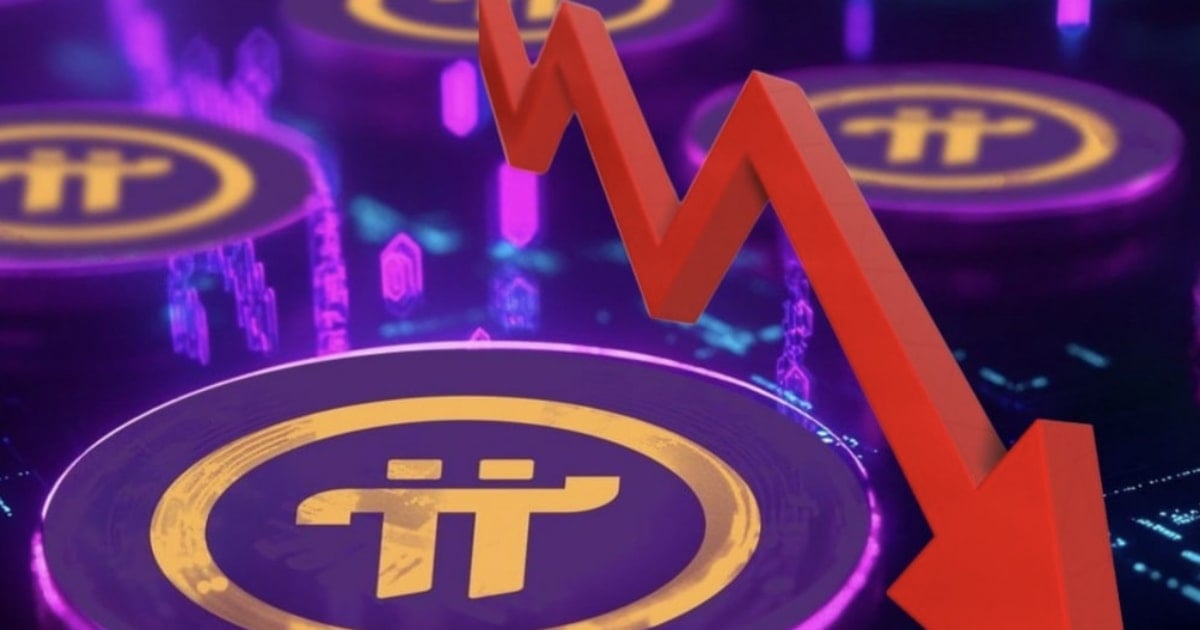

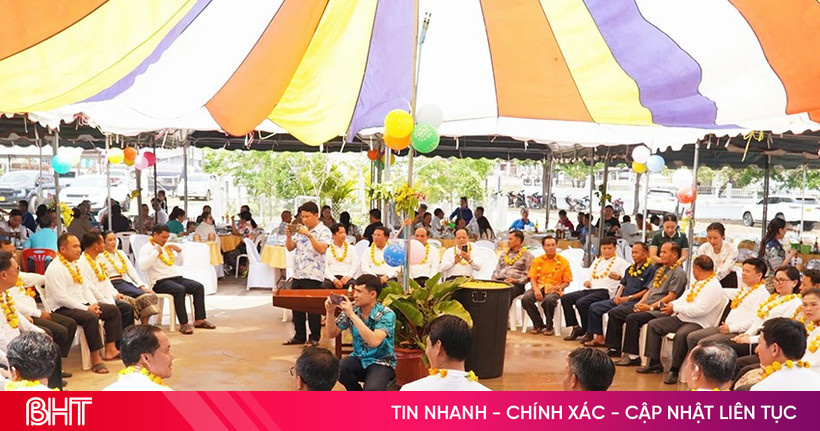





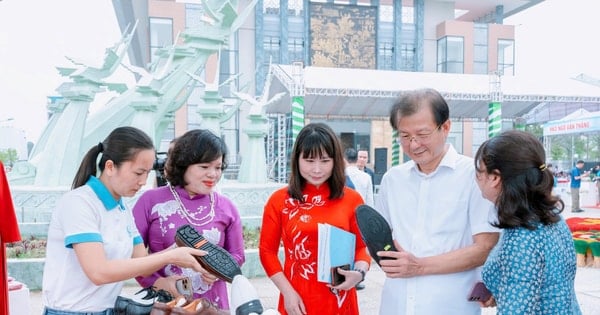



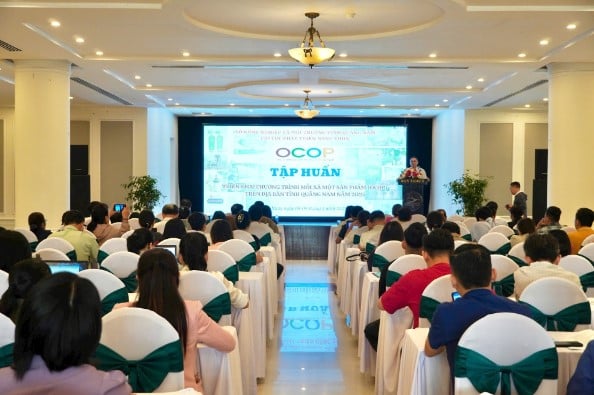
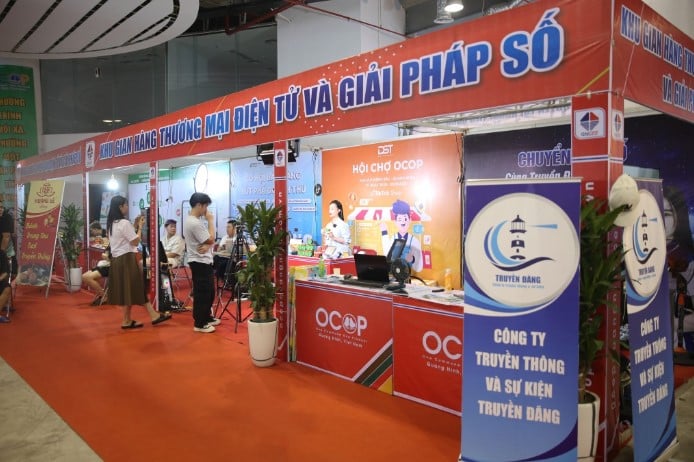

Comment (0)